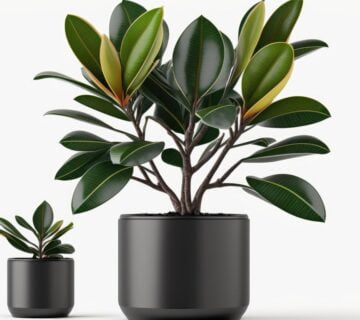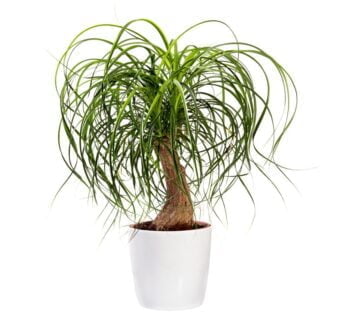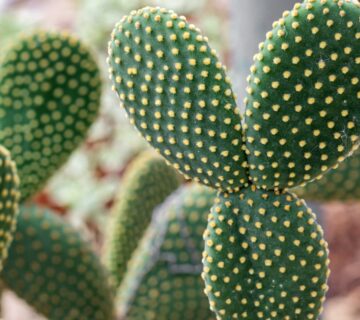NASTURTIUM
Nasturtiums, scientifically known as Tropaeolum, are vibrant and versatile plants offering aesthetic and culinary value.
Beautiful Flowers:
Nasturtiums are admired for their showy, trumpet-shaped flowers in various vibrant colours, including orange, yellow, and red.
Edible Plant:
Not only are Nasturtium flowers visually appealing, but they are also edible. The parts of this plant, like flowers, leaves, and seeds, can be consumed, adding a unique and peppery flavour.
Culinary Uses:
Nasturtiums are a popular addition to salads, providing a zesty and slightly spicy taste. The flowers can also be an attractive garnish or infused with vinegar and oils.
Nutritional Benefits:
Nasturtiums are rich in vitamin C and contain antioxidants that contribute to a healthy diet. They also have antimicrobial properties and are believed to have potential health benefits.
Easy to Grow:
Nasturtiums are relatively easy to grow, making them popular for experienced and novice gardeners. They can be grown in containers or directly in the ground and thrive in well-draining soil and full sun.
Climbing or Trailing Varieties:
Nasturtiums come in different forms, including climbing varieties that can be trained to grow on trellises or walls and trailing varieties that beautifully cascade over edges.
Attract Beneficial Insects:
Nasturtiums’ bright colours and nectar-rich flowers attract beneficial insects like bees and butterflies to the garden, contributing to pollination and biodiversity.
Companion Planting:
Nasturtiums are known for repelling certain pests, making them excellent companion plants for vegetables like cucumbers, tomatoes, and radishes.
Medicinal Uses:
Besides their culinary applications, Nasturtiums have been traditionally used in herbal medicine for their antimicrobial and expectorant properties. They are believed to help with respiratory ailments and promote overall wellness.
Ornamental Value:
Beyond their edible and medicinal qualities, Nasturtiums are valued for their ornamental appeal. Their bright flowers and attractive foliage make them popular for garden borders, hanging baskets, and window boxes.
Overall, Nasturtiums are versatile and visually appealing plant that adds flavour and beauty to gardens and culinary creations.
Things to know about NASTURTIUM
Common (vernacular) Name
नास्टर्टियम (Hindi), Nasturtium, Tropaeolum majus, Indian Cress, Monks Cress, Peruvian Cress, Mexican Cress and many more.
Botanical Name
Tropaeolum
Origin
South America and Central America, from Mexico to Chile.
Family
Tropaeolaceae
Plant Type
Tropical plant
Plant Features
Ornamental / Evergreen / Exotic
Life Cycle
Perennial
Landscape Uses
Container Planting and Houseplants.
Species
Dwarf nasturtium, Shield nasturtium, Canary Creeper
Varieties
It comes with thousand of different varieties in a diversity of leaf and flower colorations. Some popular species are available in a myriad of colours and exotic variegation, such as Alaska series, Black Velvet, Empress of India, Gleam, Jewel’ series, Jewel of Africa, Peach Melba, Tip Top, Tom Thumb, Vesuvius, Whirlybird, Canary Creeper, and many more.
Size
Height : 1 to 1.5 feet tall and Width : 1 feet wide when mature.
Indoors or Outdoors
Outdoors : Anthurium can be used outdoors in shady plantings, avoid direct sun light.
Indoors : Excellent plant grow in bright light or indirect light. Best indoor plants for beginners.
Blooming / Flowering
Blooming period is throughout the year.
Flower Colour
It’s come with a contrasting spadix Gold, Yellow, Orange, Pink, White, Green, Purple, Red, Burgundy, Multicolored and Variegated colours.
Lucky Plant
According to Feng Shui, It bring Good Luck in your relationships.
Lighting / Sun Exposure
Bright Indirect Sunlight.
Temperature
Grow best preferably warm temperature above 21°C and can be tolerate max temp. as high as 32°C.
Growth Rate
Anthurium is a slow to moderate growers plant.
Watering
Moderate watering, Mist or over head sprinkler to provide water and to improve relative humidity. Not tolerate overwatering it may cause root damage and yellowing of the leaves.
Fertilizer
Slow-release fertilizer, or a water-soluble liquid fertilizer once or twice in the growing season (Spring through Summer).
i.e. - Cow dung, DAP, Compost, NPK 30-10-10 fertilizer, liquid organic fertilizer etc.
Pruning
Pruning of Anthurium not much is needed. However, trimming away only discolored or dead leaves.
Propagation
Seeds : The best time to sow your Anthurium seeds is in the end of Winter / early Spring but it can't can give good result.
Stem Cuttings : The easier methods of propagation of Anthurium in water or in soil via stem cuttings, and can be done during the warm growing season.
Division : Division of Anthurium can be done in Rainy season, or better in February to March.
Dormancy Period
Month : November to February (winter season)
Shed their leaves and show poor growth, Watering minimally.
Avoid : Propagate, Fertilize and Repotting.
Container
Ceramic Pot, Plastic Pot, Terracotta or Clay Pot is preferred, which ensures good drainage as well as water holding capacity.
Soil Type
A well-drained Loam / Coarse potting soil is recommended as well as water holding capacity. Prevent soggy potting medium.
Our recommendation for potting mix : Equal part mixture of Garden Soil (25%) + Compost (25%) + River Sand (25%) + Cocopeat (25%). You can substitute pieces of Charcoal, Vermicompost, Perlite etc.
Soil pH
Lightly Acidic soil - Ideally 5.5 to 6.5 pH (potential of hydrogen) is recommended for Anthurium.
Repotting
It is advisable to repot the Anthurium every year or two preferably spring to midsummer season.
Maintenance
Low maintenance and easy to grow.
Properties
Toxic or Poisonous to both humans and pets upon ingestion.
Benefits
Excellent indoor air purifier, Anthurium plants turns CO2 into oxygen. It purifies indoor air by removing harmful chemicals like ammonia, toluene, xylene and formaldehyde.
Special Features
Doesn't attract hummingbirds and pollinators like butterflies and bees or wasps.
Infestation / Pests
Aphids, Scale insects, Thrips, Mealy bugs, Spider mites and caterpillars etc.
Diseases / Problem
Physiological Problem : Anthracnose, Leaf Spot and Powdery Mildew.
Bacterial Problem : Bacterial Blight, Bacterial Wilt and Black Nose Disease.
Fungal Problems : Root Rot and Water Mold.
Some Glimpse of NASTURTIUM











No comment